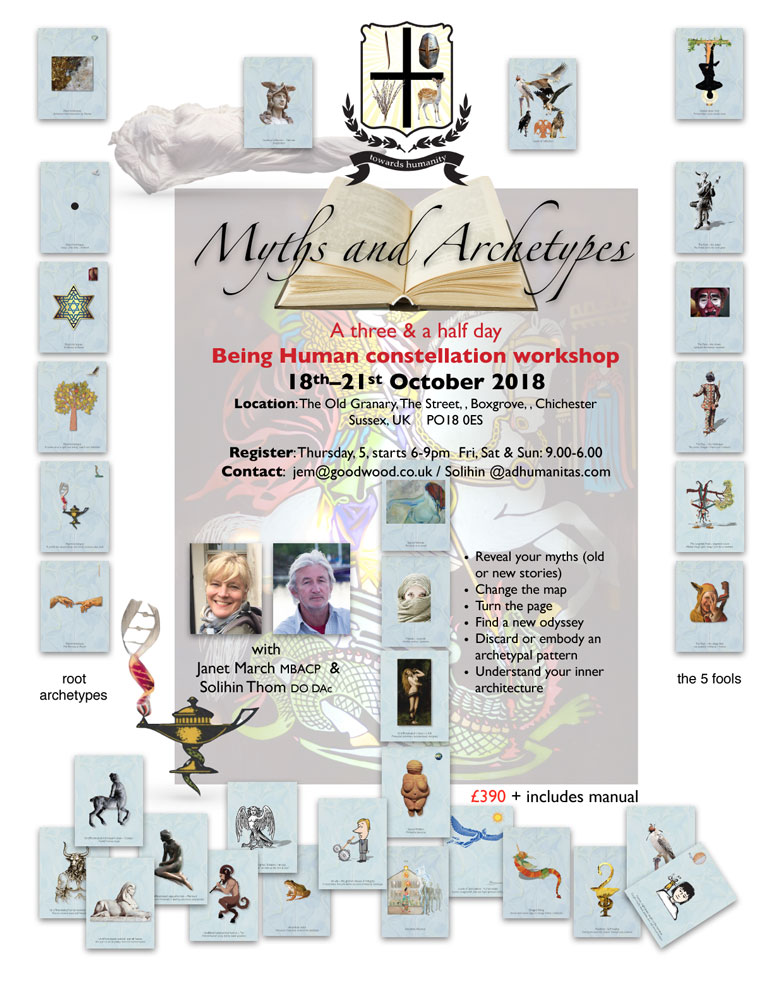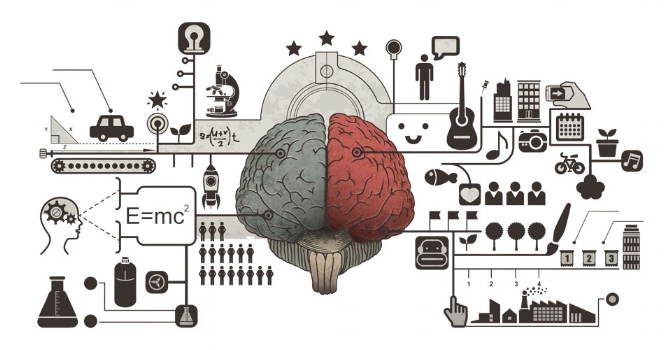An exploration of the stories or narratives that we humans become stuck in, and how to resolve them by changing the page (reset)
A three-and-a-half-day workshop to be held in Sussex, UK
October 18th–October 21st 2018
The workshop begins at 18:00, and registration is at 17:00 on Thursday. Other days: 9:00-18:00
£390 + manual
The workshop
This workshop explores, using HTM constellations to reveal the various old stories or patterns in which we find ourselves held. The process also shows the participants what resources, qualities, and inner virtues are required to help them discard the old, put on the new, or turn the page of their own book (of life) to move into a new narrative or continuing story. Very often, people re-play the same story, dialogue, complaint, and state; they get stuck in a particular chapter. This work helps to facilitate changing the page.
Our three lives; separate or parallel
It could be said that each of us has three lives. For some, these three are quite separate, one obvious the other private, and one perhaps unknown or rarely experienced. For others, these three lives run into each other constantly; intermingling, informing, and being shaped. For the vast majority of people, the three lives run parallel and are not necessarily seen as a whole, neither reviewed nor reflected upon.
The two halves are both interdependent and on occasion, independent of each other.
Outer and Interior life
We suggest that these lives come from the differing halves of our brain; even though the two halves of our brain work inter-dependently, and independently. At a general level, we could say that our left brain is our analytical brain; it puts order and shape into our lives, is analytical, time-fashioned, structured, factual, and literal, and is the part of us that gives us a very ordered world view; pragmatic, down-to-earth and precise. The right brain, although it works in tandem with the left, is our mythic or story brain. This part of us gives us a more expansive, non-literal, metaphorical, rhythmical, musical, and lyrical view of our existence and place in the universe. During our lives, these two brains both inform us literally and metaphorically. They help to give meaning to our life. The left helps us to learn, apply ourselves, work, achieve, rise, and succeed in our work. The right gives us a different approach from the left, helping us to have meaning in all things that we do, to help us to become masters of our life rather than a person who passes through life. It is the storyteller, and if the left brain gives us and allows us to remember facts of our journey, the right embroiders, magnifies, excites, teaches, and is full of enthusiasm and hope, even when our stories are less than optimal.
Inner Life
The third life is what we call the inner life–a life within a life. It is our essence or soul, and which may or may not speak, guide or prompt us. It may be silent or active depending on whether we have explored this inner reality. The soul guides the outer if it is allowed to, otherwise, the outer self may shut down, temper, or silence the essence so we hear it not, nor are guided by it. It is the soul that communicates with the Higher Life forces, spiritual or otherwise. When we are guided by Grace then the descent of guidance becomes part of the narrative. When not, we often may find ourselves in stasis, floundering, becalmed, unable to move from our present predicament into another. We are unable to turn the page or chapter of our book. It was supposed, since the time of Aristotle, that we start with a tabula rasa (a blank slate) and shape and write the contents (of our minds, but in this context, our [own] book or story) throughout our life.
“In the eleventh century, the theory of tabula rasa was developed more clearly by the Persian philosopher Avicenna (Ibn Sina in Arabic). He argued that the “…human intellect at birth resembled a tabula rasa, a pure potentiality that is actualized through education and comes to know,” and that knowledge is attained through “…empirical familiarity with objects in this world from which one abstracts universal concepts,” which develops through a “…syllogistic method of reasoning; observations lead to propositional statements, which when compounded lead to further abstract concepts.” He further argued that the intellect itself “…possesses levels of development from the static/material intellect (al-‘aql al-hayulani), that potentiality can acquire knowledge to the active intellect (al-‘aql al-fa‘il), the state of the human intellect at conjunction with the perfect source of knowledge.””
However, the notion of a tabula rasa is a quixotic idea:
Quixotic: possessing or acting with the desire to do noble and romantic deeds, without thought of realism and practicality; exceedingly idealistic,
as behavioral genetics indicate that certain inherited traits do shape the character and faculties of the mind and that we have basic biological mechanisms. Nevertheless, it is supposed that the basic programmability of the mind, ready at birth, allows us to input our own personal narratives even if the narrative adheres, generally or specifically to a larger model or archetype. Each different culture and language group will impose or allow differing archetypes and stories to become fixtures within each of us, as well as the old (inherited) narratives that have been passed down through our genome.
We are wired for social communication before birth, at around the 14th week in-utero, and this social need, helps us to inform ourselves of the ‘other’, of a larger world other than us, and of course, when newly minted, helps us to bond with our mothers. This predetermined social need infers that certain predispositions in personality or interaction with the other may well be dominant over one’s own ‘will’. Social interaction is about survivability and makes us want to be part of a group. Group dynamics have their own flavour, nuances, characteristics, and metaphorical symbology or iconic representation. These local groups–family, immediate environment, or larger groups as in clans, tribes, teams, or general populace in towns, cities, or countries,–will have their own narratives, archetypes, and stereotypes associated with them. These are what inform us in our archetypal patterns, and also in the broader context of the stories associated with these small or larger systems or constellations.
WHOIS the author?
Our soul may be the author of our initial clean slate, irrespective of our inherited proclivities, memes, and epigenetic processes set in motion by family dynamics. When not, it is life circumstances that write our book. This brings up the perennial problem between fate and destiny. Who is the writer, the author? In our ontological premise, it is that life writes the book when we are harried by fate, and our soul is the author when we are led towards our destiny.
The Constellation process
Using InnerDialogue’s constellation process–the Human Template Model–we can uncover and reveal the story–the myth–that the person may be held in, and help them to resolve the pattern by finding what qualities, resources, and virtues would facilitate their ability to move from the old to the new. In a similar way, archetypal patterns may also be revealed, not necessarily as myths (or old stories) but as characters that the person carries as part of who they are. In a similar way, these archetypes may be outdated, old, or not very useful, and the constellation process allows them to see what are the contingencies that would help them to move from their present state.
Booking
If interested, please contact jem@goodwood.co.uk or solihin@innerDialogue.org
Further details will be posted on this site as we get them. Prices, Local hotels, eateries.

